Like anyone moving into a new property, rented or purchased, it is common to want to put a personal stamp on it to truly make it feel like home. For those buying, it is much easier to make those changes required; however, for renters and leaseholders, restrictions are in place in the form of the signed and agreed tenancy agreement, as well as the Landlord and Tenant Act 1985. There is also a Renters’ Rights Bill currently making its way through Parliament. This makes it extremely difficult to make those sweeping dramatic changes that add personality and personal taste. When it comes to bathroom changes, being a space that has pre-installed fixtures and fittings, renters often have to accept the existing conditions and focus on renter-friendly adjustments. This means embracing minimalist and convenient solutions that can change the aesthetic and feel without risking damage or endangering the return of a security deposit when the tenancy ends for any reason.
When it comes to rental bathrooms, as a way of maximising the return from a property, landlords often look to install a cheaper, simplistic, and quite plain bathroom space. This is with the knowledge that it may have to withstand numerous tenancies, as well as to keep repairs or replacements quick, easy, and affordable. By a similar token, it also has to be universally liked to attract someone to rent in the first place. Consequently, this approach can lead to quite a mundane aesthetic, particularly for those who desire a splash of colour, prefer investing in durable, high-quality fixtures and fittings, or want to modify elements to fit the needs of different household members. The question then remains as to what is possible as a tenant to bring some of that personality and personal touch into such a space? This guide explores the rights and responsibilities of both tenants and landlords, while offering a range of ideas and DIY options to give any rental bathroom a new lease of life and some semblance of individuality.
- What Are The Responsibilities of Any Landlord With Bathrooms?
- What Changes Can You Make To A Bathroom Whilst Renting A Property?
- What Should Both Renters & Landlords Do Ahead of Moving In?
- What Are Great Renter-Friendly DIY Bathroom Upgrades and Ideas?
What Are The Responsibilities of Any Landlord With Bathrooms?
Regardless of furnished or unfurnished rental properties, the landlord’s responsibility for bathrooms is to provide major fixtures and fittings, sanitaryware, and to ensure the property is habitable. This means offering the basic necessities for maintaining good personal hygiene: a bath or shower, a basin, and a toilet. They have no responsibility to replace any of these to cater towards the tastes of any new tenant or to buy a brand-new bathroom each time a tenant moves in. It is simply that these items should be provided, as a bare minimum, in a working and adequate condition. Ultimately, it is anticipated that the bathroom fixtures will need to last for an average household bathroom life span of about seven years, especially with regular daily use. The new Renters Rights’ Bill, which could come into force later this year, is likely to bring in a Decent Homes Standard amongst other things – already used in social housing – that includes a limitation that a bathroom has to be reasonably modern, dictated as 30 years or less. Whether this applies for rental housing is yet to be determined.
Landlords are also responsible for all external structures and drainage, such as pipes, guttering, and the water supply. These are covered by law as a minimum requirement as part of any shorthold tenancy agreement.
It is also the responsibility of the landlord to deal with any required repairs within a timely fashion, although there is no direct timeframe as to what this should be. It is worth noting that any damages caused by the tenants or through misuse or lack of care will be the responsibility of the tenant.
Should a tenant wish to make amendments to any internal decoration, the landlord cannot unreasonably withhold or delay written consent. This means that if a tenant asks if they can do something, the landlord must respond promptly – albeit there’s no strict timeframe – and that the reason for denying any request cannot be considered unreasonable. As the government’s own model agreement states in its guidance: “The more minor the alteration (e.g. putting a shelf up) the less likely it is that a refusal would be reasonable.”.
That means that minor bathroom changes could be permitted by the landlord as long as there is no good reason to refuse such a request, though the landlord may stipulate conditions for such a change.
What Changes Can You Make To A Bathroom Whilst Renting A Property?
In reality, the minimum expectations of the tenant are to keep the internals in good condition and clean. Any changes should be cosmetic, non-permanent, and easily restorable to how the bathroom was prior to taking on a tenancy. Therefore, the number of changes a tenant can make is minimal beyond personal items. However, as mentioned in the landlord section above, tenants can seek permission to make alterations and adjust the decoration of a property to cater for their needs and requirements. Many of these points can be agreed upon in advance through the tenancy agreement and may result in additional conditions being placed in respect of these. However, if not, it is vital to seek permission in advance, regardless of how minor the change is. If a change is less significant, it is more likely to be unreasonable if denied or delayed.
Along with this, the tenant will be expected to keep rooms adequately ventilated and take reasonable steps to ensure pipes do not get damaged from freezing cold conditions. This is crucial for maintaining a functioning bathroom, upholding hygiene, and providing warmth and adequate heating throughout the space.
Furthermore, it will be expected that the tenant resolves any issues with the property caused by themselves either through misuse or lack of care, such as sink or toilet blockages through flushing or putting items down the drains. It may be that this is investigated in conjunction with the landlord to establish the facts and the causes of such situations; however, ultimately, anything that lies on the fault of the tenant will be expected to be resolved by them.
What Should Both Renters & Landlords Do Ahead of Moving In?
Based on the above points, tenants and landlords should do several things before a rental agreement is established and before moving into a rental property.

- Inspect Bathroom Fixtures and Fittings
When viewing any property, the first thing any prospective renter should do is to check the bathroom space to make sure it fulfils the needs of themselves, their family, or their household. This includes checking that the items in a bathroom are in a fit and working condition and noting any pre-existing damages.
Similarly, a good landlord – based on their legal requirements – should also check that all fixtures and fittings are working adequately and up to scratch to provide reasonable sanitary conditions. This means checking drainage, taps, showers and heating to ensure everything is working as expected.
- Ensure Anything is Fixed and Repaired That is Necessary
In line with the above, before considering renting out a property, a landlord should replace any fixtures and fittings that are significantly outdated, no longer fit for purpose, and may already be damaged. This will limit the potential for anything going wrong once someone has moved in, as well as complying with any future regulation changes.
- Take Photographs of the Space Prior to Moving In
In order to protect both parties, it is a reasonable step to document how the bathroom looked prior to someone moving in. This involves taking clear photographs that capture the overall appearance of the space, which will be useful if it needs to be returned to its original state. Additionally, any noticeable issues, along with pre-existing cosmetic damage or wear and tear, should also be recorded. From a renter's point of view, this stage means being incredibly meticulous and thorough to avoid incurring the loss of a deposit. These issues can also be documented in writing as part of a tenancy agreement, so both parties can agree and be aware of what was pre-existing.
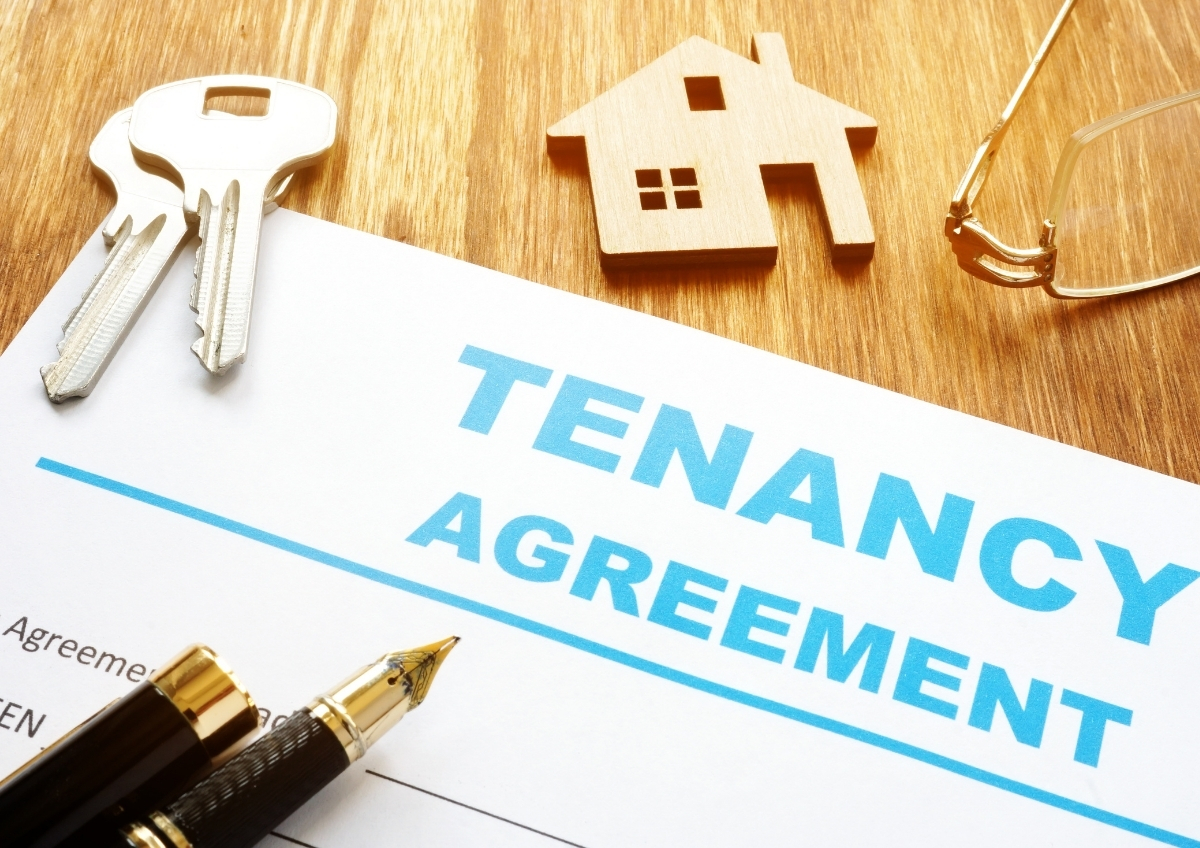
- Agree and Sign A Tenancy Agreement
The final step when it comes to the bathroom is to agree on what is included in any tenancy agreement. This means detailing what is provided in the bathroom space as part of an inventory, as well as any issues with the condition of items, wear and tear, or noticeable cosmetic damage, as detailed in steps 1-3 above.
At this stage, it may also be a good time to ask for, and agree, any reasonable permissible changes you wish to make to the bathroom space, and any subsequent conditions or terms over and above those already detailed in the agreement. These should not contradict existing terms or the legal responsibilities of both parties.
What Are Great Renter-Friendly DIY Bathroom Upgrades and Ideas?
Based on this, what are some great DIY ideas or changes that can be made to a bathroom to add some personal touch and give it a bit of an upgrade after moving in? Below is a list of 16 possible suggestions that could be agreed upon with a landlord to make it your own. These could be temporary measures that can be returned to normal at the end of a tenancy, or even permanent positive changes that can enhance the bathroom long-term for the landlord if mutually agreed. It is strongly recommended that communication with the landlord takes place prior to making any changes to the bathroom’s appearance, installation, or the addition or modification of fixtures and fittings. This ensures that everything is agreed upon in writing and that any necessary conditions are clearly outlined.
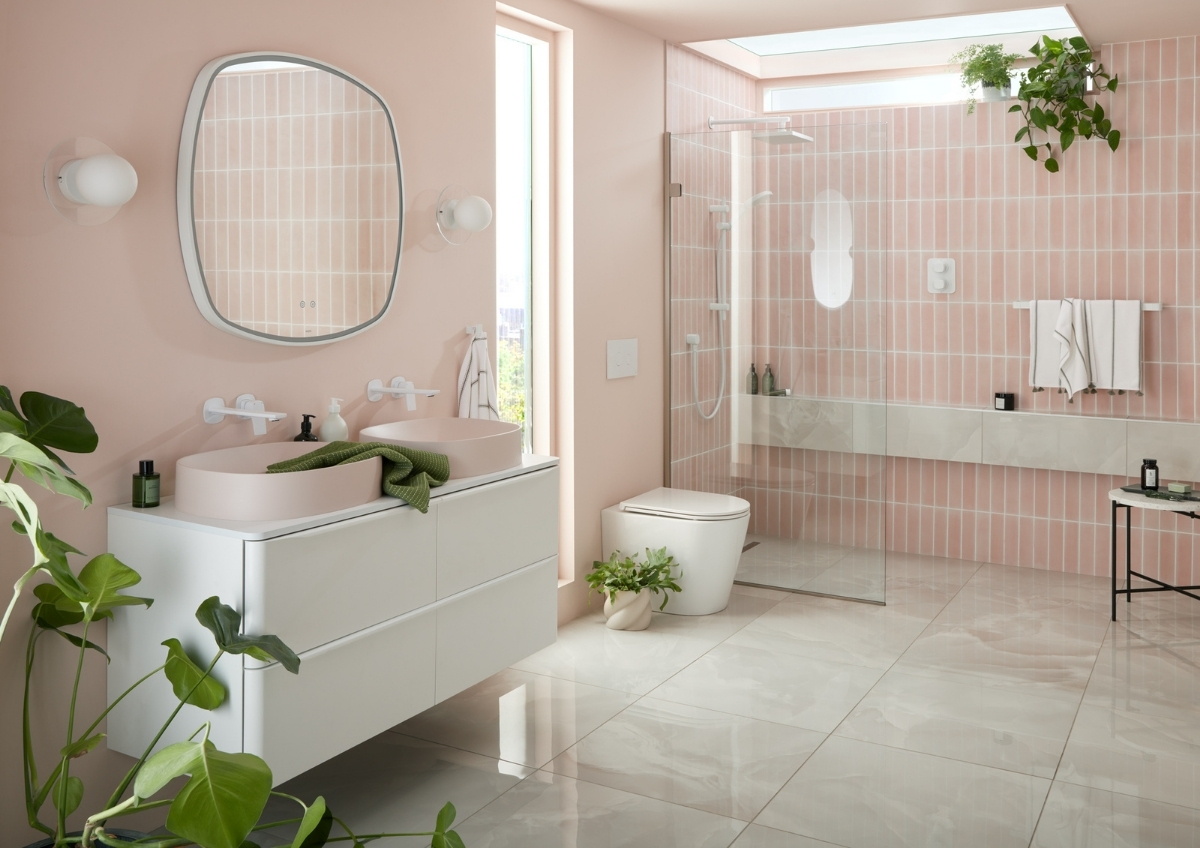
- Adding Plants
Perhaps the easiest step to take is to furnish any bathroom with greenery such as plants and flowers. Not only can this add colour to any bathroom, but adding plants can also have other benefits such as air purification, improving ambience and mood, and helping to capture excess moisture. There are numerous low-maintenance options available that can thrive in bathroom environments from ferns to orchids.
Estimated Cost: £30.00-£50.00 for around 3 plants (excluding delivery)
- Gluing Bathroom Accessories Than Screwing or Fixing Accessories
One of the perils of bathrooms previously was that any wall-mounted bathroom accessories would have to be screwed or drilled into walls to fix them in place. This could leave unsightly holes at best when removed, or even damage walls and tiles in the process of installation, leading to more expensive costs – all for a humble toilet brush, toilet roll holder, or robe hook.
Now, brands such as KEUCO, with their Aveno range, and Origins Living, generally across their range, are offering adhesive glues that can be used to mount bathroom accessories against tiles and walls for a wall-mounted look with less risk. The benefit of these is that, as well as providing the oft-sought floating look, they can be easily removed at the end of a tenancy and taken with renters afterwards. If a rented property has pre-existing ones, it could be simply removing the old ones until the end of the tenancy and replacing them with ones you like by glueing over the top (or adding new wall mounted ones if freestanding) in their place. Additionally, a benefit to landlords and renters alike, and even those going on to buying their new home, is that investing in glued accessories is that there is no risk of drilling into hidden water pipes during the installation process. This mitigates a lot of risk and potential repair costs.
Estimated Cost: £200.00-£500.00 for accessories and glue
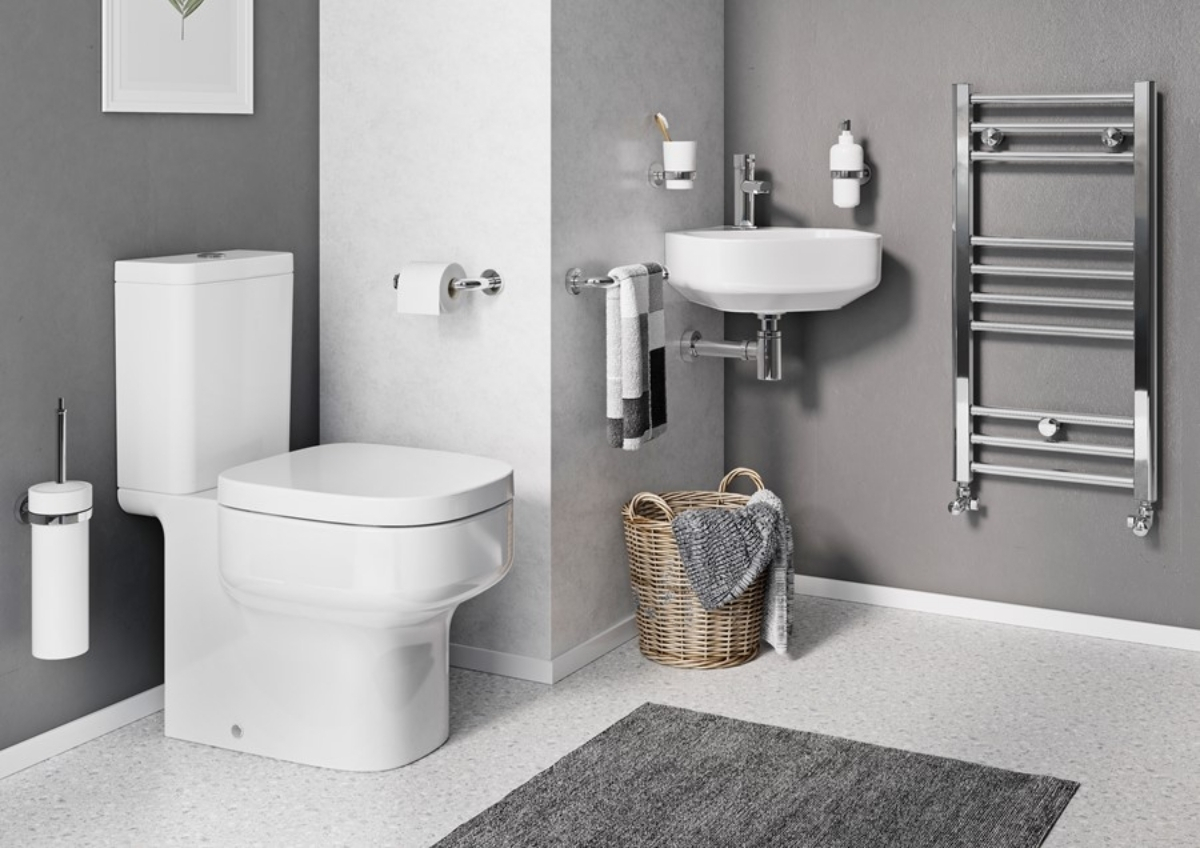
- Add Portable and Easy Access Under-Sink Storage
If storage is a limitation – the bane of most bathroom spaces – add moveable and easily accessible storage to help keep it looking spick and span. An ideal place for this is under a bathroom sink, assuming the rental bathroom doesn’t have pre-existing vanity units or wall mounted storage already, or that the bathroom isn’t incredibly tight for space. Items like stackable drawers, storage boxes, wicker baskets, or even mason jars can help keep the bathroom looking neat and tidy whilst adding a personal touch.
If under the sink is out of touch, use available surfaces such as window-ledges, tops of WC units, or any flat available surfaces.
Estimated Cost: £15.00-£50.00
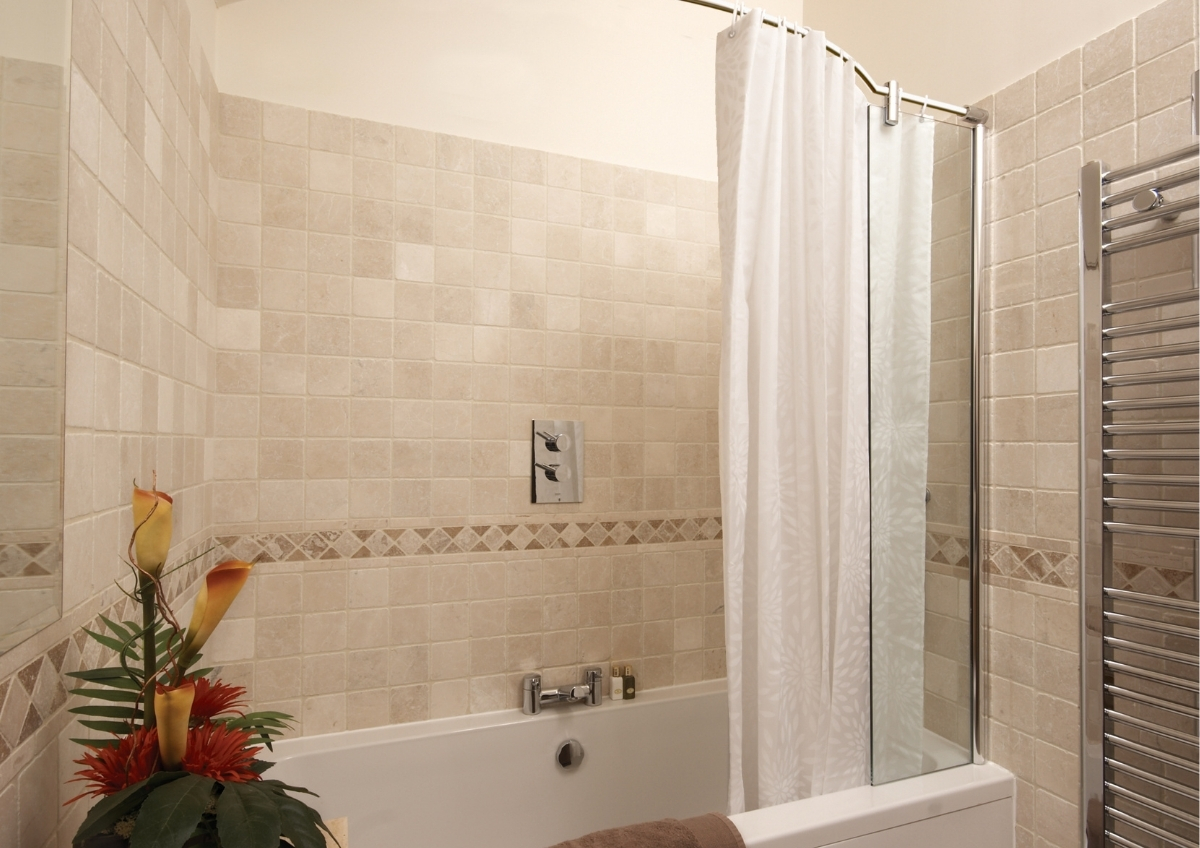
- Take Down Old Shower Curtains & Light Shades
If the bathroom comes furnished with some tired and pre-used items, such as shower curtains that maybe you just aren’t comfortable sharing with previous tenants, take these down and replace them with your own. The old one can be put to one side and refitted at the end of the tenancy, or ask the landlord if you can simply replace it. It is unlikely to be an unreasonable request. Similarly, if there are other decorative items, such as light shades that may not be to your taste, take them down and replace them with your own. Light shades can also add additional colour, patterned features, and refreshing touches.
Estimated Cost: £5.00-£40.00
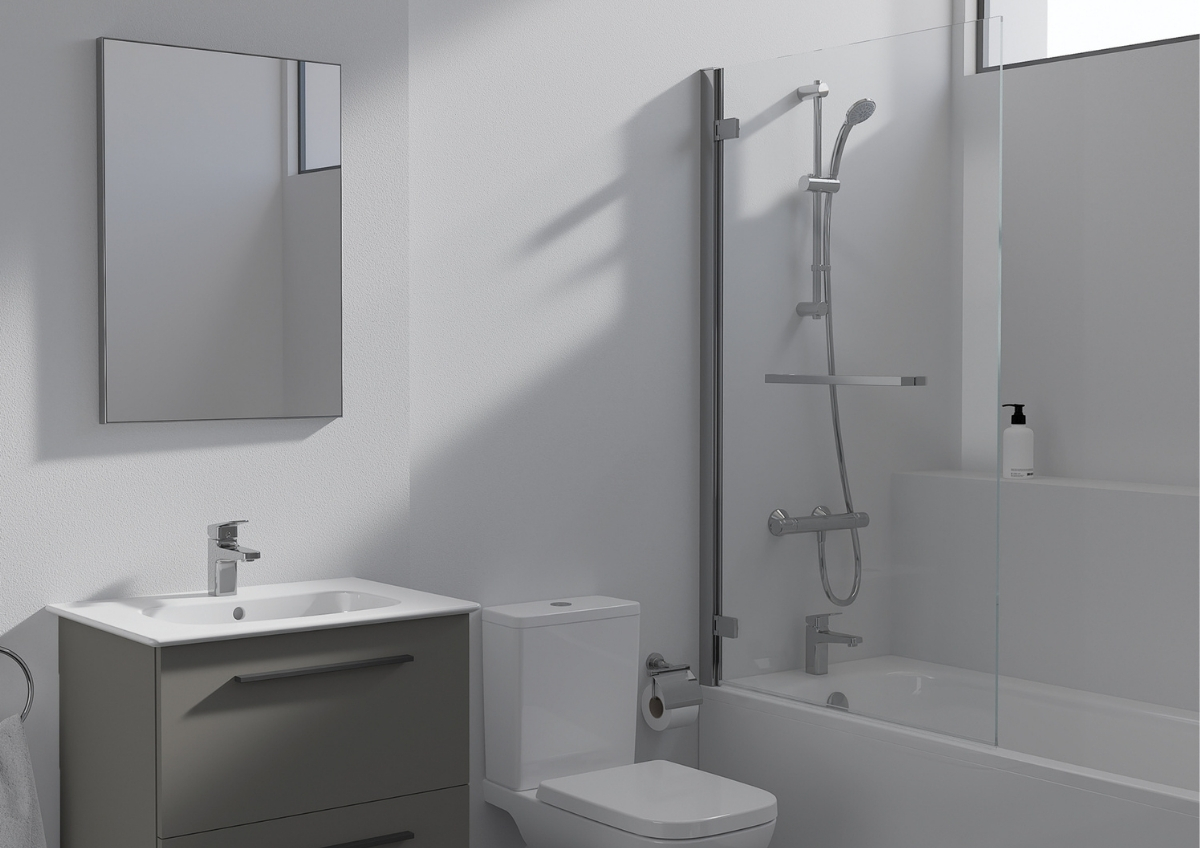
- Go Further And Replace the Curtain with a Bath/Shower Screen
If the thought of getting wrapped in a wet and sticky curtain while using the shower gives the chills, then why not see if it is possible to upgrade this to an over-bath glass screen? Not only is this easier to clean routinely, but it also provides more effective protection against water leaks.
Estimated Cost: £80.00 to £750.00 depending on size, colour, design and brand
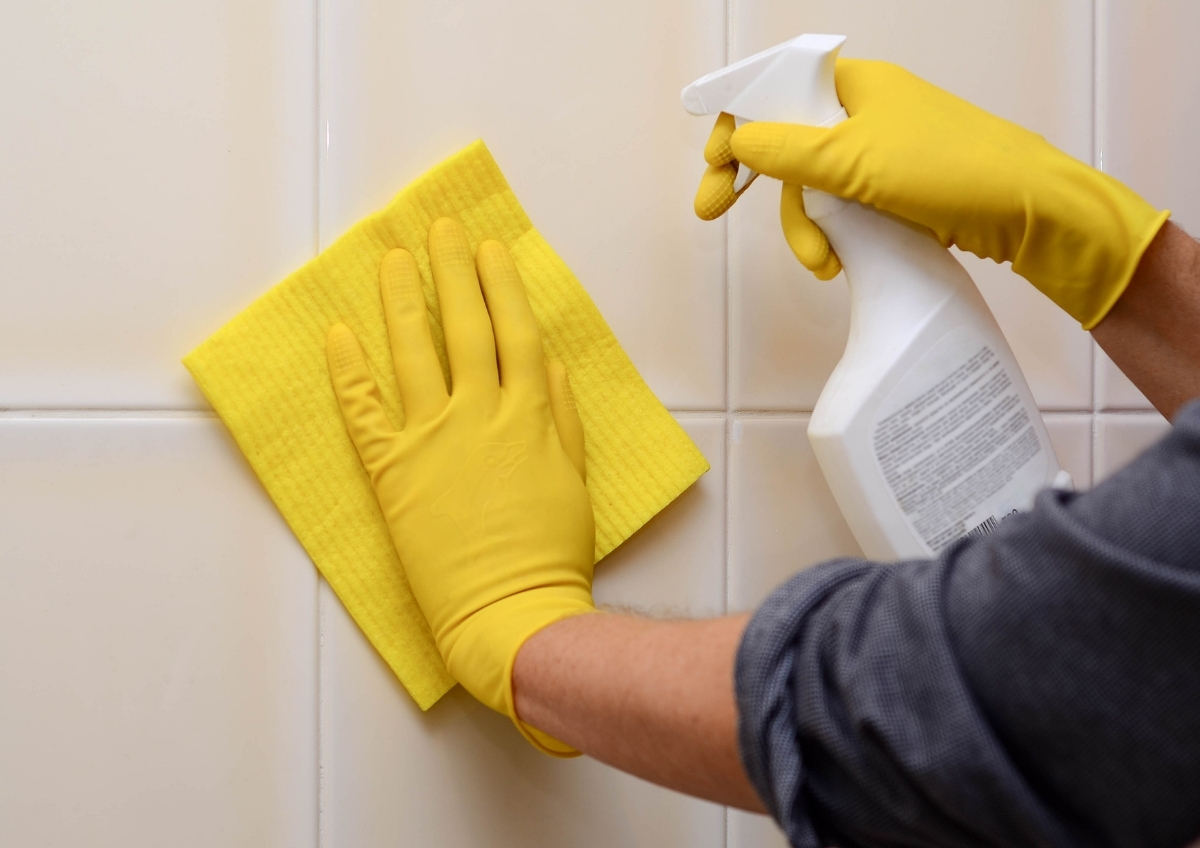
- Simply Give The Bathroom A Clean
Let’s be fair, not every person is a cleaning perfectionist, so a worthwhile first step after moving in is simply giving the bathroom an intensive and thorough cleaning. This means getting into those tile grout lines to remove any mould, assuming the bathroom has tiles, cleaning around taps and shower heads, wiping down the bath panel, getting rid of any cobwebs and dust around bathroom lights and corners of walls, and washing down all surfaces. This may not only add a new lease of life, but leave a bathroom looking less run-down from the off.
Estimated Cost: £20.00 for cleaning materials
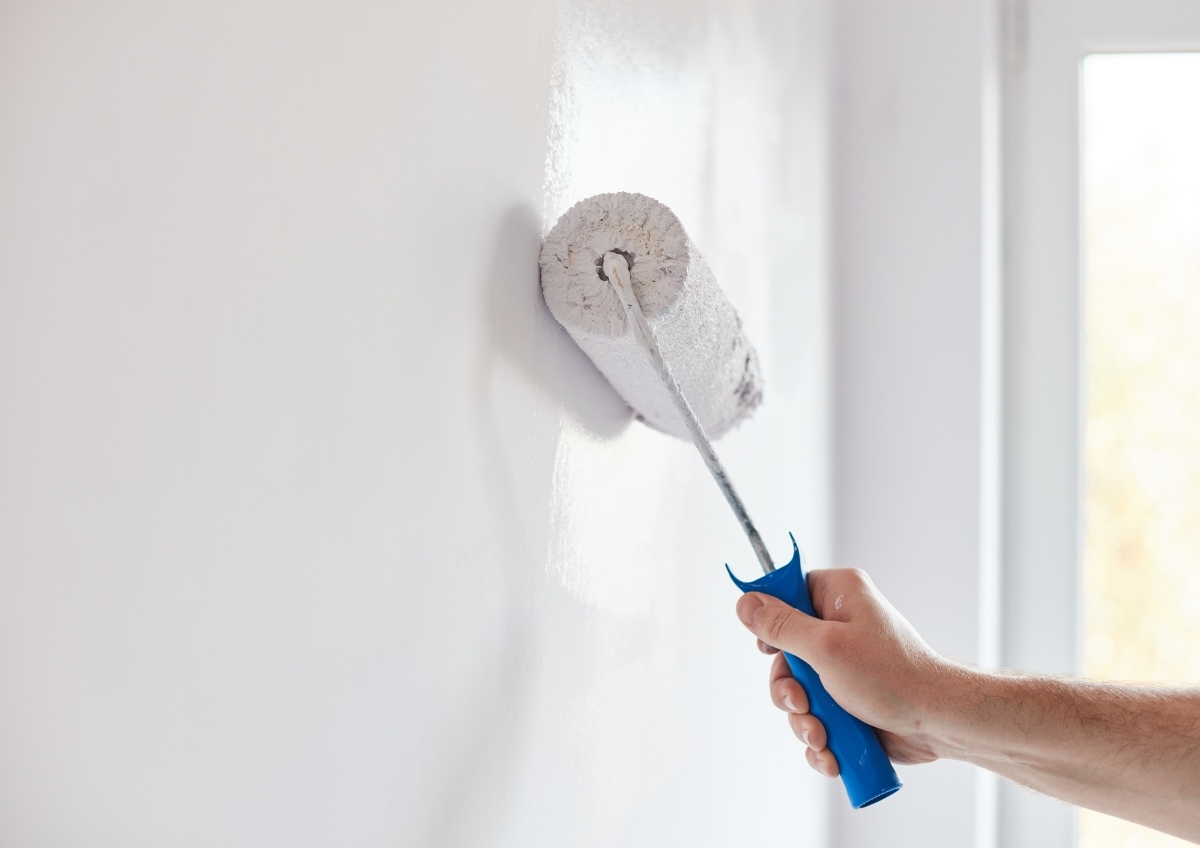
- Give The Bathroom A Lick of Paint
This is one to check with the landlord before doing so, but if they are happy for you to refresh the walls around fixtures and fittings, then this is an effective, simple remedy. A condition may be that the walls are repainted neutrally at the end of a tenancy, or that it remains only in a pre-agreed neutral colour. However, should it be allowed, it can add a new level of brightness, freshness, or a well-needed pop of colour. 5L of paint should be enough to cover a small bathroom space comfortably with a couple of layers with some left-over to spare as well.
Estimated Cost: £50-£100 for paint, painting materials and protection
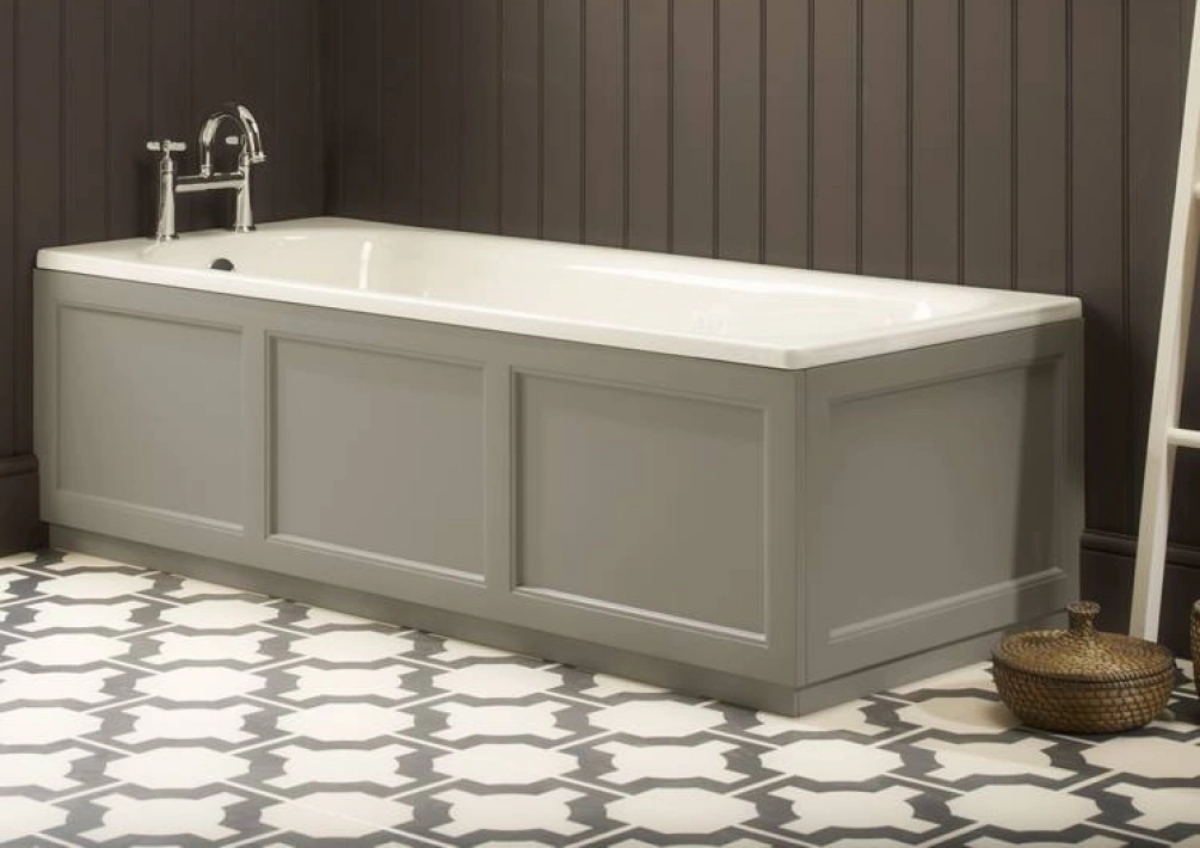
- Replace The Bath Panel
This is another one to check with the landlord. If the bathroom has a bathtub that has panels fitted to it, either in plain white or a coloured finish that really isn’t to your taste, see if these can be updated. If the landlord is flexible, this may be as simple as sanding down wooden ones and repainting them in a preferred colour. Or, it may mean taking off the old panels, and replacing with your own. There are tileable options, such as this Abacus tileable bath panel (other sizes available), should the landlord again be willing to allow for you to tile the front in a pattern of choosing, though it is less likely they would agree to this, and the cost may be more prohibitive.
Estimated Cost: £115.00-£390.00 for bath panels depending on if both front and end panels required. Excludes cost of installation (approximately £100.00-£200.00 if not doing it yourself)

- Add Smart Lighting
This may be expensive, but if the room only has one light, plain non-illuminated features like mirrors, then smart LED lightbulbs can be purchased to alter the ambience of a room. These work by being app or phone-controlled and can be changed to different colour temperatures, or even bright colours such as pink and blue.
Estimated Cost: £10-£95.00 per bulb depending on type, wattage, brand, colours and functionality
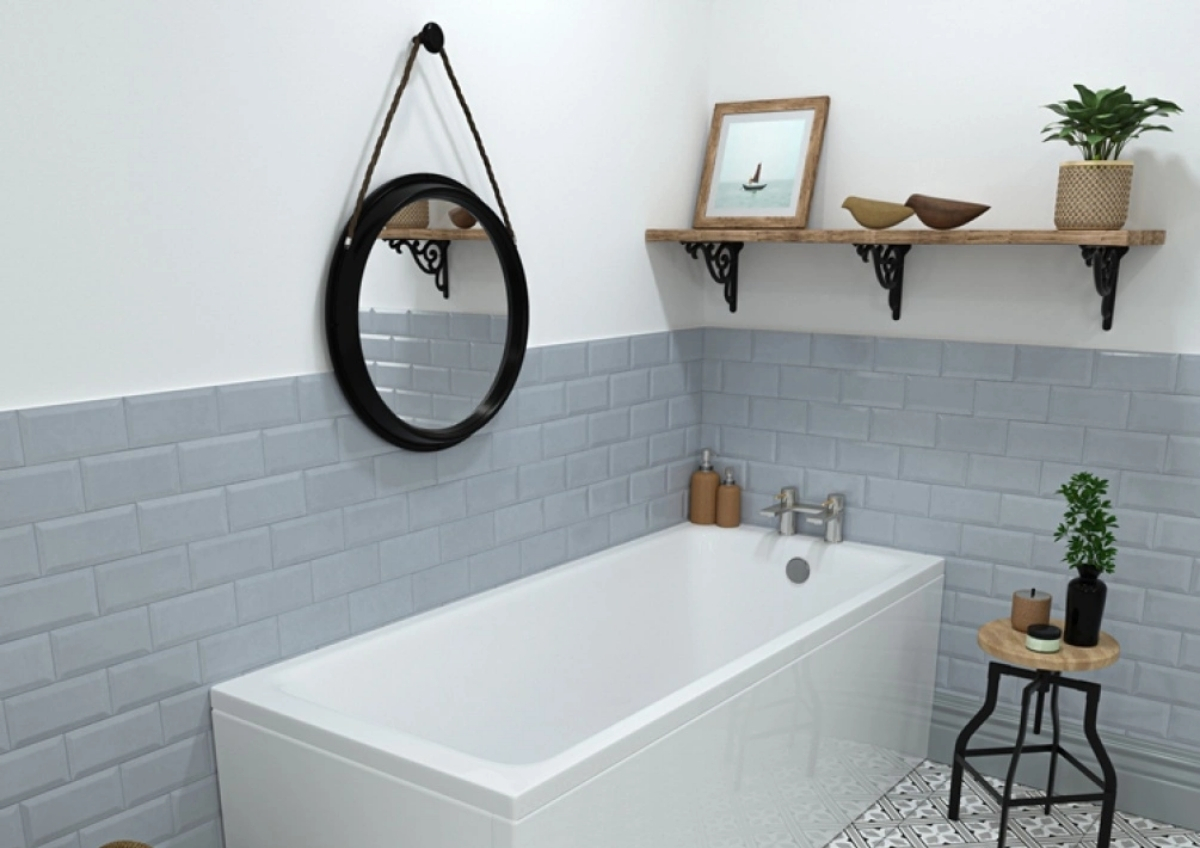
- Add Pictures, Candles & Own Decorative Items
To make it a little more homely, consider adding personal pictures or wall art (assuming the landlord allows), candles, and any decorative nick-nacks that can be placed around a space to make it look a little more like yours.
Estimated Cost: £30.00-£250.00

- Use Stick on Vinyl Tiles & Flooring
Similar to the stick-on accessories, patterned stick-on vinyl flooring can be purchased and placed over pre-existing flooring or tiles. So, if it looks tired, or the design and colour are not to taste, these can be used to cover this up in a style and colour that can change the feel of the room without ripping up the entire floor.
Estimated Cost: £7.00-£150.00 per sq/metre

- Bring in Your Own Freestanding Mirror
If the bathroom does not have a fitted plain or LED bathroom mirror, then it is likely that one will be needed for everyone to use as part of their bathroom routine. This is a great opportunity to add a freestanding one that can sit on a window-ledge or in front of a sink in a design of your own choosing.
Estimated Cost: £10.00 - £50.00
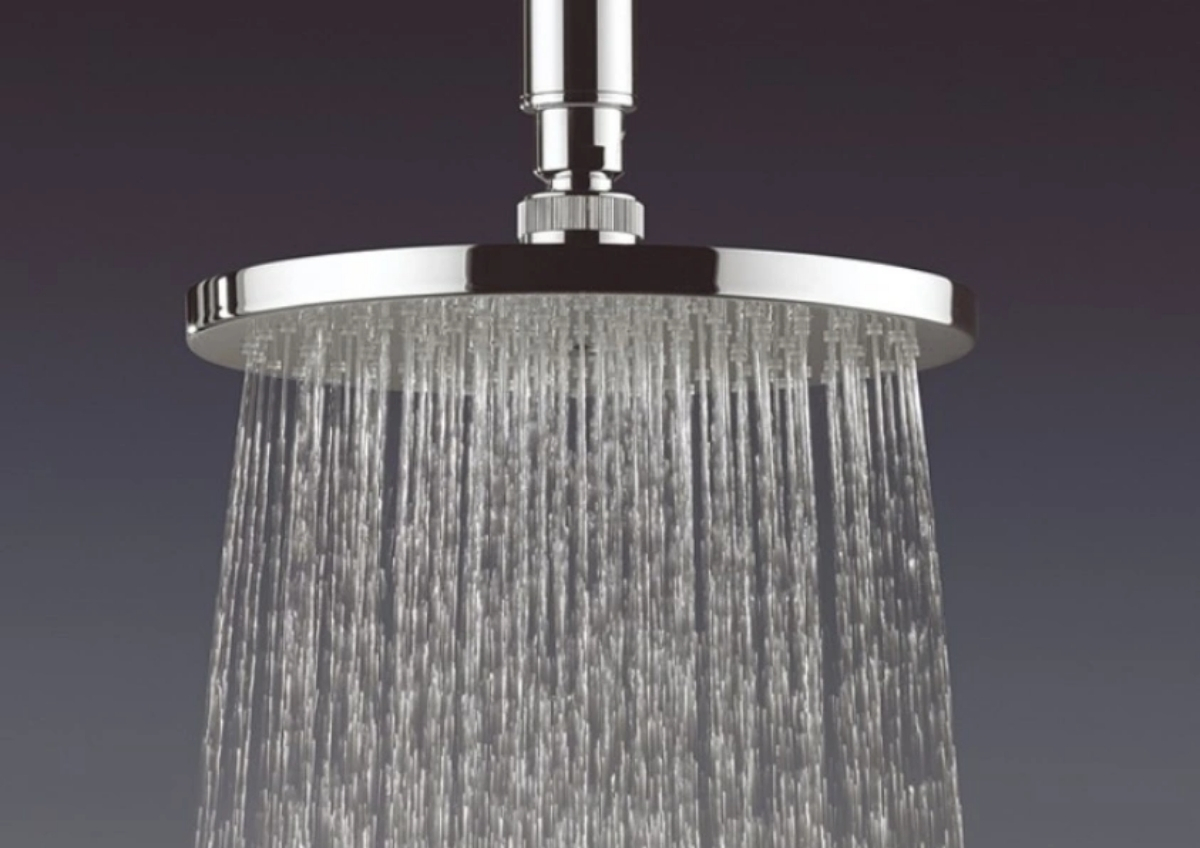
- Change Shower Heads and Accessories
If the bathroom has a fitted shower head that is easily removable and can be unscrewed, then take down a tired old one and replace with your own brand-spanking new one. Similarly, if you have a handheld shower connected to an exposed shower valve, it may be easy to replace the shower handset and hose with a brand new set.
Estimated Cost: £300.00-£700.00 for head, handset and hose
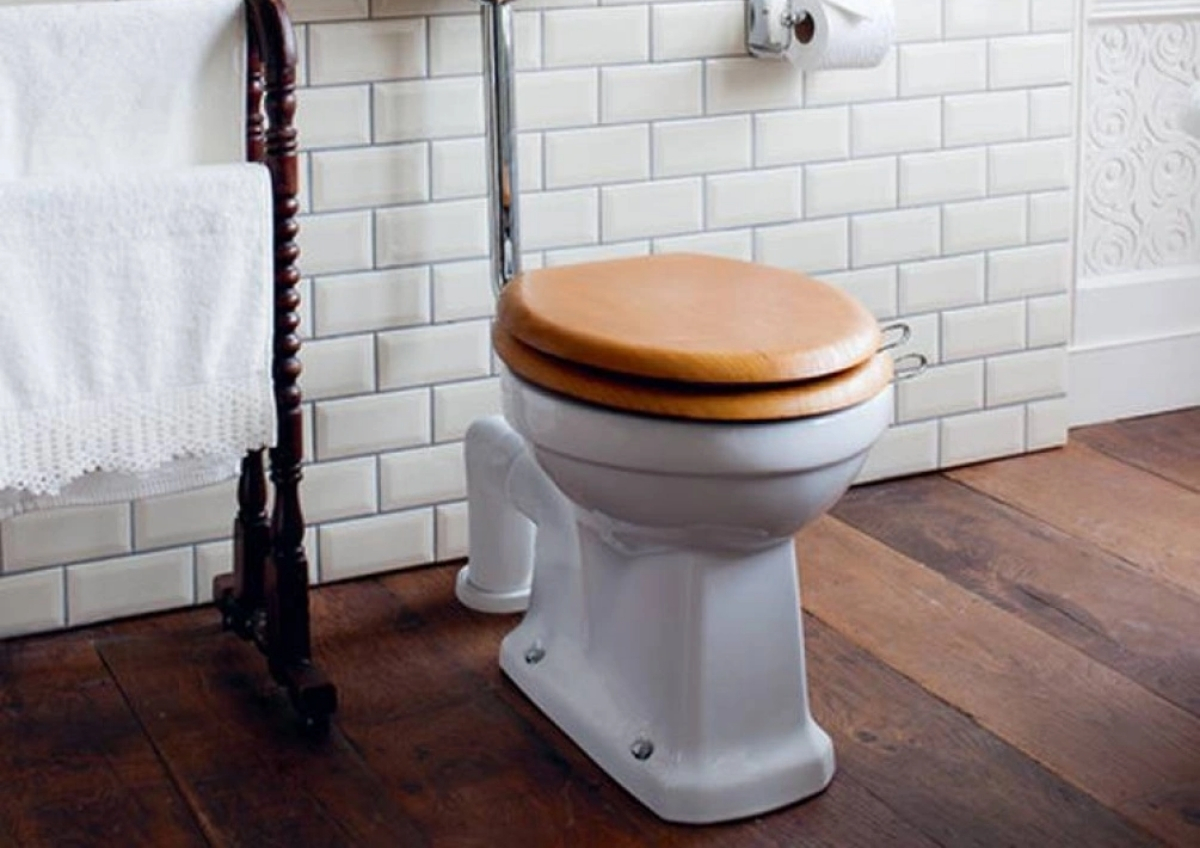
- Replace The Toilet Seat
This could be problematic if the toilet seat and toilet are designed to be used only together, and a universal one isn’t possible to be used. However, if it looks easily replaced, both for hygiene and personal reasons, it may be wise to swap the toilet seat out for your own and stow away the old one until the end of a tenancy.
Estimated Cost: £15.00-£150.00
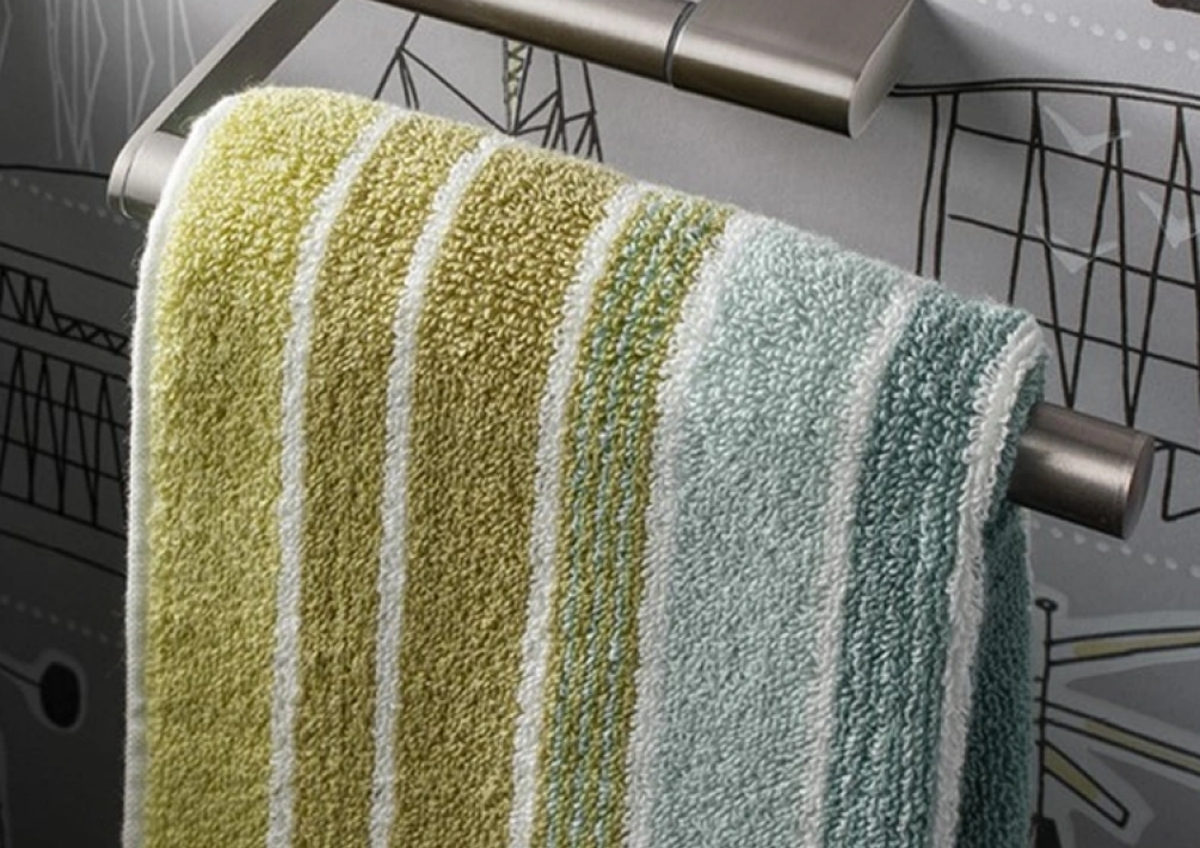
- Add Patterned Towels and Bath Mats
If the bathroom is fairly mundane or minimalist in colour, then a way to add colour is to look at patterned and brightly-coloured towels and bath mats. This can quickly add a decorative touch while hanging in a space that contrasts nicely with the all-white or magnolia space.
Estimated Cost: £20.00-£100.00
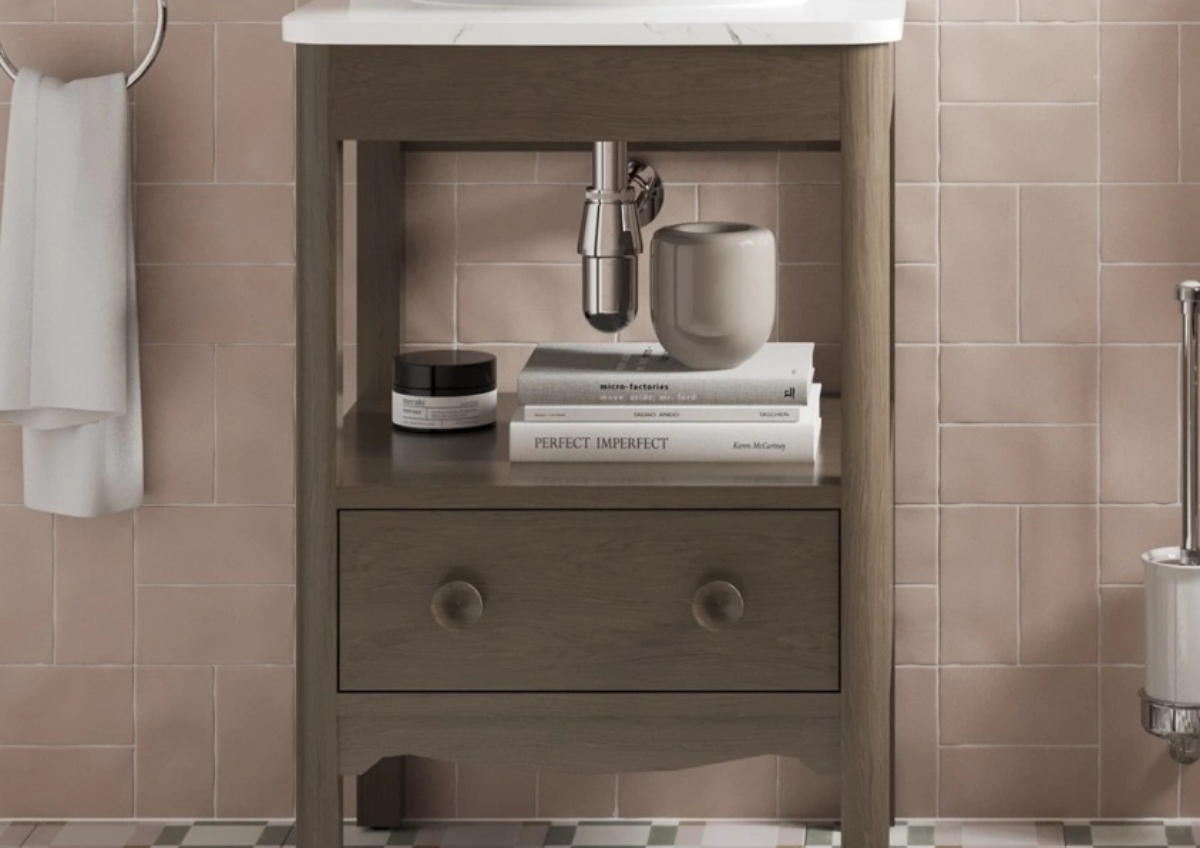
- Invest in Your Own Freestanding Furniture
One for the future – and, again, if space allows – but investing in freestanding furniture is a great way of adding storage and a personal touch, as well as investing in something you can potentially take onwards as your own items afterwards. This could be as simple as having something with a worktop or countertop on top, and can be fitted against a wall or standing alone with legs.
Estimated Cost: £600.00-£2000.00 excluding installation cost
This summarises numerous, and easy, rental-friendly changes of improving a bathroom space to make it more personal that can be implemented without compromising a deposit. Many of these also don’t have to expensive or costly either, or some can even be seen as an investment for the future, for example if the tenant goes on to buy their own property. There are clear rules about the responsibilities of both landlords and tenants, and the outlined scope of what changes can be made without permission, so it is always worth communicating with a landlord both prior to renting, and throughout any tenancy period about any changes wished to be made.
Do you have a suggestion you think is missing, or that you feel would be beneficial to add? Get in touch with us to propose your own suggestions.


